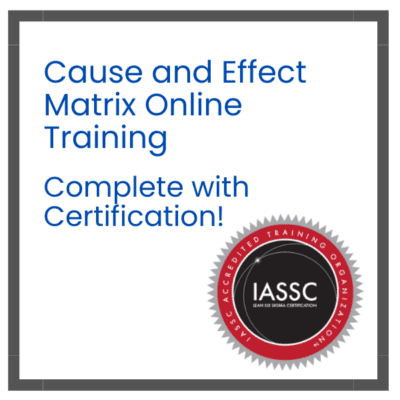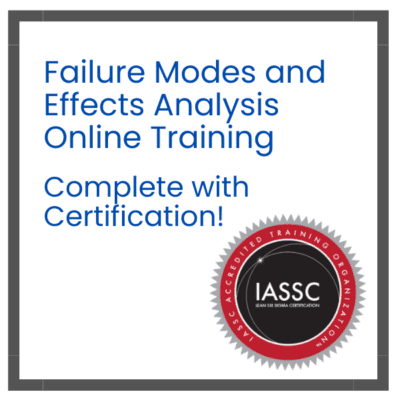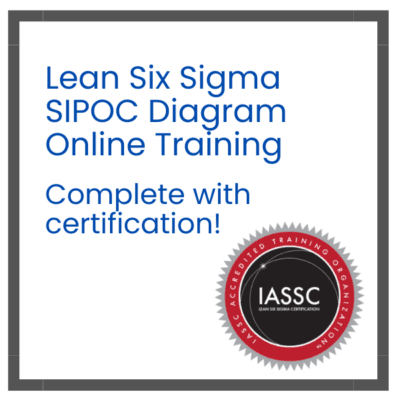A project team level may consist of master black belts or green belts. These belts help with the management of the improvement program. For technical assistance and expertise, team members can be found throughout the organization.
- The executive team provides strategic alignment within an organization to support initiatives and Six Sigma projects.
- Champions help the team overcome roadblocks and provide organizational support.
- Master black belts are trained to become black and green belts, and they manage the strategic direction for Six Sigma.
- Six Sigma problem-solving Six Sigma teams are led by black belts.
- The green belts help with data collection and analysis in black belt projects.
- The yellow belts are responsible for reviewing the overall activities and serving as members of project teams.
What criteria would you use when selecting players for a basketball team? What would you use to select an academic team? What criteria would you use to select a process improvement group?
Although the answers to these questions might seem straightforward, Belts can make it more complicated. Too much focus on politics and control can ruin a team’s chemistry. Six Sigma professionals can benefit from some common rules that make team-building easier and more enjoyable.
Respect for the team
Although these rules can be a great starting point, team leaders still have many challenges. What should a leader do if someone is trying to undermine the team’s efforts? Respect is the key to all of this.
Respect is the cornerstone of positive team behavior. It’s built on a willingness and ability to show respect for others. Respect is the foundation of progress and synergy or alignment. It is impossible to have progress and synergy without respect. A micro-society is the team environment. Respectful teams will have the greatest chance of success.
The appreciation of the diversity of opinion is the starting point of positive team dynamics. The point of putting a team together is to have a diversity of opinion. All opinions and ideas have value and contribute to developing the best solution or result. To be successful, team members should recognize and celebrate the diversity of opinion. This means looking for the useful and positive in everyone’s comments and questions.
Agreeing to disagree is the adult method of dealing with conflict. This is how a team gains consensus. It also is a means to allow diversity of opinion to exist and drive the team forward. By agreeing to disagree, team members do not have to let go of their opinions to move forward.
Another important aspect of respect within a team in attendance. Team members have to be present in both body and mind in order to contribute to the team’s success. If a team member is absent, that person does not contribute and slows the team’s progress. A team member who is present yet unengaged in discussions presents a similar problem.











